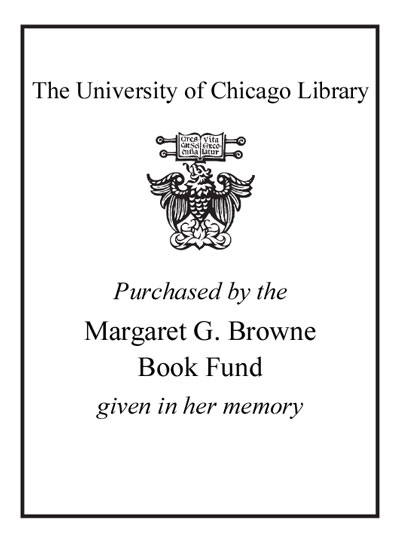Review by Choice Review
Innovative artist Ruth Asawa (1926--2013) endured life in a Japanese American prison camp, racism, discrimination, and misogyny. From 1946 to 1949 she studied at North Carolina's Black Mountain College. There she was taught by Josef Albers, who encouraged repetitive handmaking with everyday materials--a method that was perfect for Asawa's choice of medium: looped and bound industrial steel, copper, brass, and aluminum wire. Mexican metal egg baskets and nature inspired Asawa's suspended open and closed lobed spheres, cones, and multilayered, interlocking geometric shapes. In 1949 she married architect Albert Lanier, and she loved being married and mother of six, but suffered under the stereotypes that continued to plague her. While Jackson Pollock received accolades for his abstract paintings, Asawa's groundbreaking wire sculptures were excluded from exhibitions, rejected as "domestic ... feminine handiwork" (as described in ArtNews). The numerous informative photographs in this volume document Asawa in her California home surrounded by children while looping large, organic "drawings in space," as she called her works. Thus the catalogue allows one to witness Asawa's personal and profession lives intertwining. Extensive visuals--related drawings, paintings, prints, and constructions--provide insight into Asawa's theoretical and technical development and the evolution of her looped, tied, electroplated, and cast bronze wire works of art. Summing Up: Recommended. All readers. --Carol Ann Ventura, Tennessee Technological University
Copyright American Library Association, used with permission.
Review by Choice Review

